Special Care During Childbirth
Babies often move down between the pelvic bones (descend) before birth. If this is your first pregnancy, this may happen 2 to 4 weeks before labor. With repeat pregnancies, the baby may not “drop” until labor begins. The baby usually moves down headfirst. If your baby is not in a safe position for birth, or if there is a problem with the placenta, you may need special care. A cesarean section delivery may be needed.
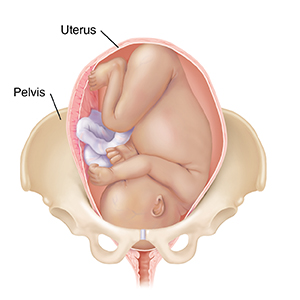
Conditions that require special care
Cephalopelvic disproportion (CPD). Baby’s head or body is too big for the pelvis.
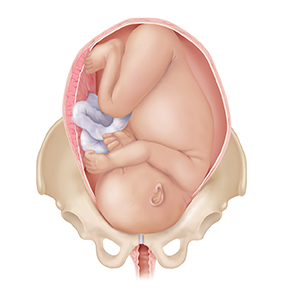
Breech position. Baby is positioned with feet or buttocks first.
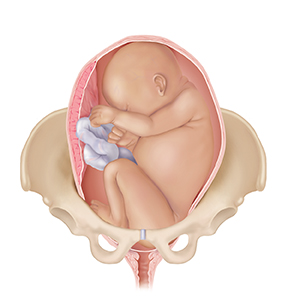
Transverse position. Baby lies horizontally across the pelvis.
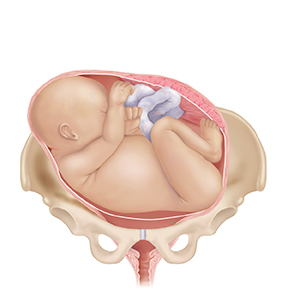
Placental abruption. Placenta separates from the uterus.
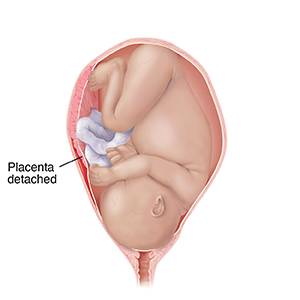
Placenta previa. Placenta blocks the cervix.
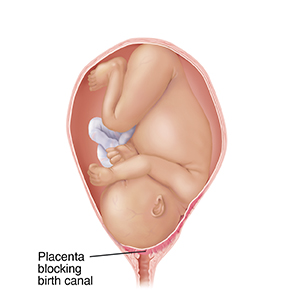
Online Medical Reviewer:
Donna Freeborn PhD CNM FNP
Online Medical Reviewer:
Heather M Trevino BSN RNC
Online Medical Reviewer:
Irina Burd MD PhD
Date Last Reviewed:
7/1/2022
© 2000-2024 The StayWell Company, LLC. All rights reserved. This information is not intended as a substitute for professional medical care. Always follow your healthcare professional's instructions.